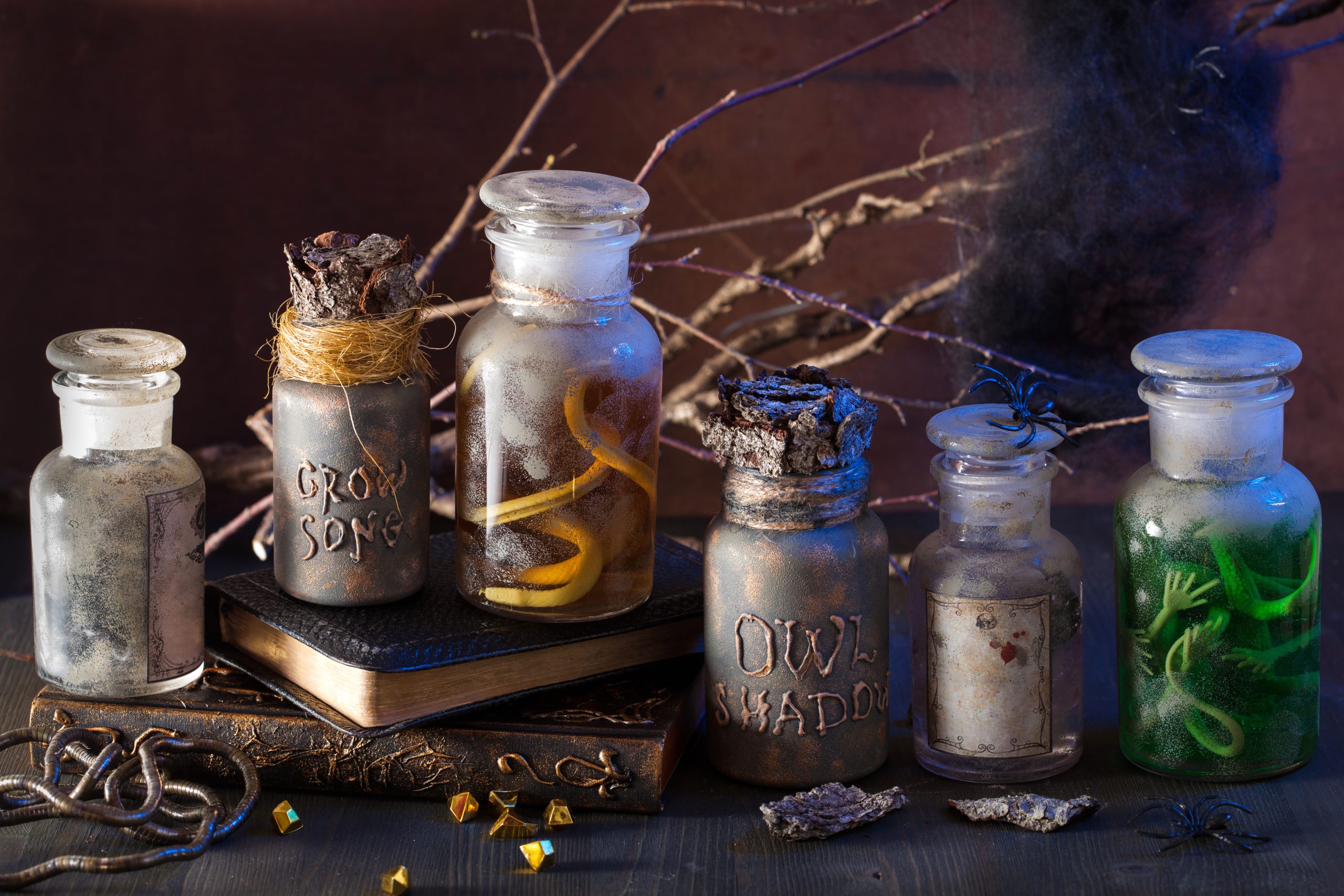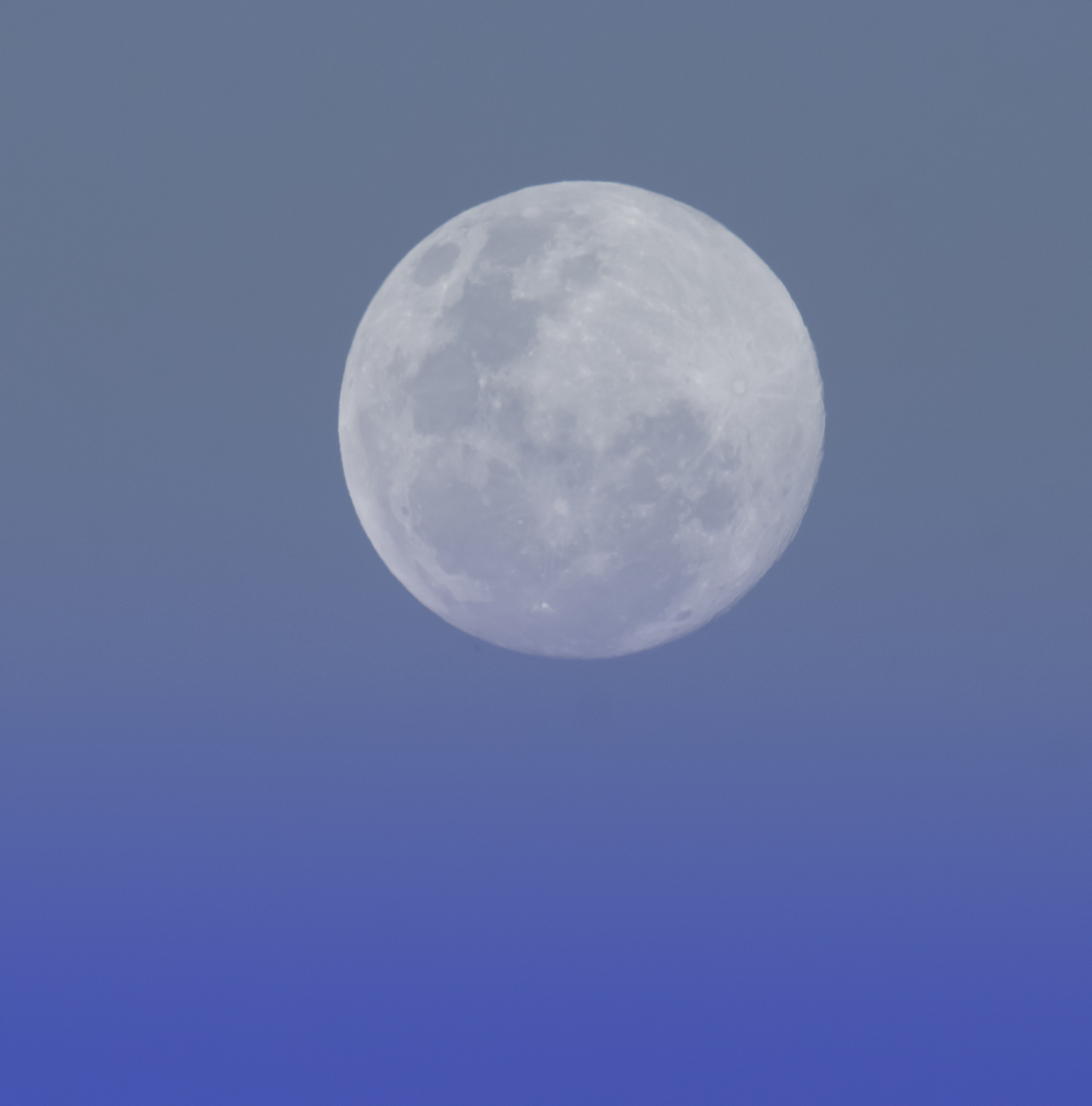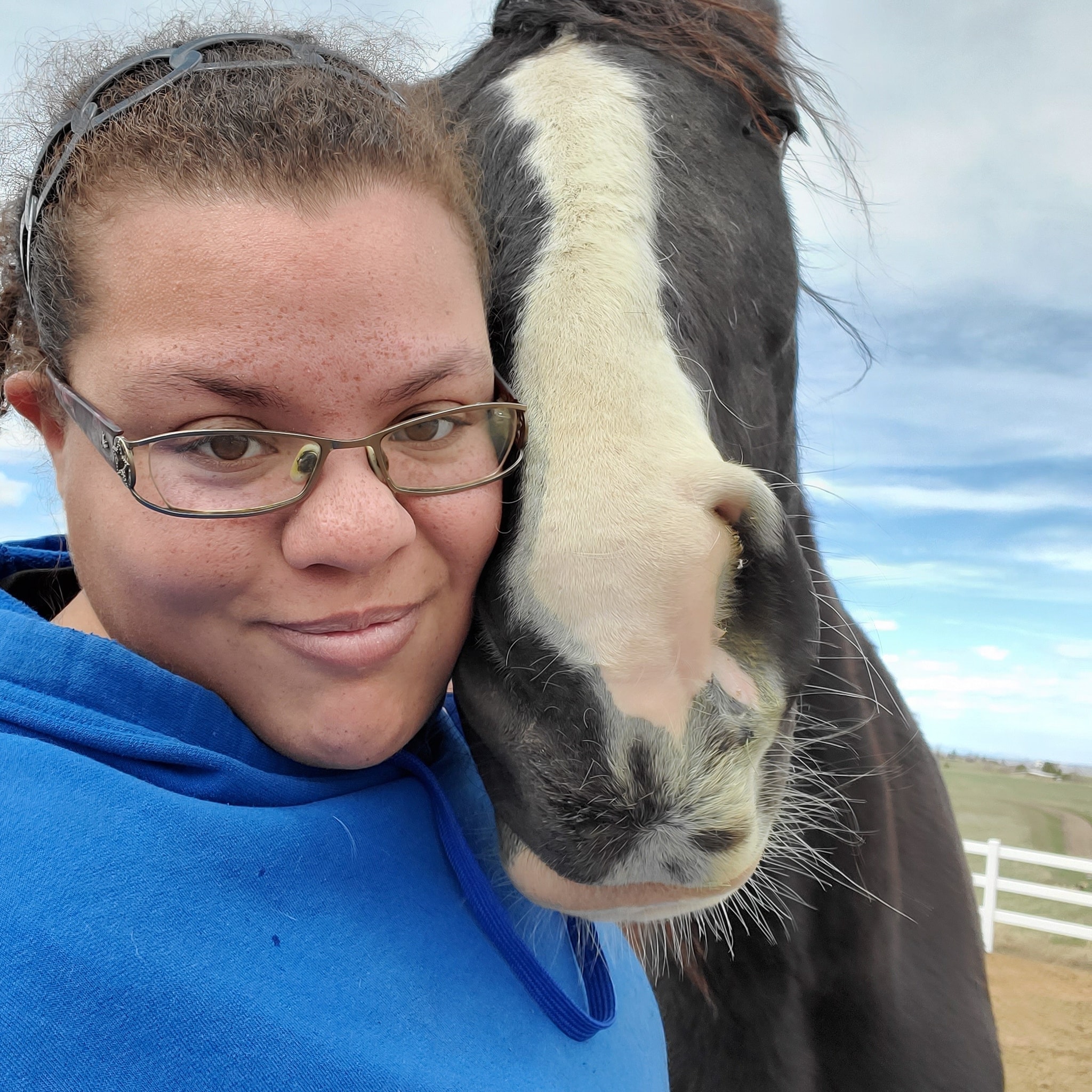by Catt Foy
William Shakespeare once wrote, “A rose by any other name would smell as sweet.” But if a rose were known by another name—a name we were unfamiliar with—how would we know that name referred to a rose?
When the witches gather Shakespeare’s famous play Macbeth, there is trouble afoot and the witches are making a brew of what seems to be the most despicable ingredients. But a closer look at those ingredients reveals common names for herbs commonly used among country “pagans” and midwives and herb wives of rural England.
What might these ingredients actually be? Let’s take the ingredients in order from Shakespeare’s list.
Toad. “Toad, that under cold stone, days and nights, has thirty-one, swelter’d venom sleep got…” A toad seeping venom? Like the hallucinogenic frogs of the Amazon? In Elizabethan England? Yep. Professor Jeffrey Cohen of Washington University has found medieval documents that mention poisonous toads in Europe and the British Isles. Toads have a long association with witchcraft and prophecy, a symbol of the toad/frog goddesses Hequet (Egypt), Hecate (Greece), and Ragana (The Baltic), as well as Sheela na gig in Britain and Ireland. All were goddesses of fertility, magic and witchcraft. Another researcher writes, “The saliva of a toad was believed to be particularly harmful and is sometimes referred to as ‘sweltered venom.’”
Fillet of a fenny snake. This was a common reference to a chickweed (Stellaria holostea), which is also known as addersmeat, or stitchwort. This plant was associated with goblins and other mischievous spirits in the minds of the Christian majority. It was commonly believed to cause lightning when picked, and was used medicinally to treat a “stitch” in the side that often comes from running. In Cornwall, it was associated with the pixies.
Eye of Newt. Most modern herbalists believe this refers to the wild mustard plant, whose seeds have a black spot in the center, resembling the eyes of newts. Newts, of course, were common in England and Scotland. Remember the passage in Monty Python and the Holy Grail? (‘She turned me into a newt!”
Toe of Frog. This is the herb frogsfoot, also known as bulbous buttercup (Ranunculus bulbosus), and is an herb that will almost instantly raise blisters upon the skin. Also called Crazyweed because smelling the flowers beneath a full moon was considered to lead to lunacy. In legend, Ranunculus was a young man who had a clear, high-pitched voice who sang continuously. His singing disturbed the wood nymphs and they turned him into a flower to restore the quiet of the forest.
Wool of Bat. This is most likely sphagnum moss, also known as bog moss. It was used extensively in magic of the time for luck and prosperity.
Tongue of dog. Houndstongue (Cynoglossum officinale) is a mildly poisonous weed that contains alkaloids that depress the central nervous system and is considered a narcotic. It was believed that if placed beneath the feet of dogs, it would prevent them from barking, or if placed in one’s shoes, a dog would not alert their owners of your presence.
Adder’s Fork. Also known as adder’s tongue, it is a fern (ophioglossum vulgatum) known for its healing properties. Magically, ferns and fern seeds were said to render the spellcaster invisible. It was also used to raise the spirits of departed friends.
Blind Worm’s Sting. At the time of Shakespeare, blind worms or slow worms were a kind of legless lizard and were commonly considered to be venomous.
Lizard’s Leg. This term was often used to refer to ivy (Hedera helix) Ivy is also known as Gort—a letter of the Ogham alphabet. Equivalent to the letter “G,” ivy’s magical properties included survival, strength of will, tenacity and triumph over disaster.
Owlet’s Wing. This ingredient is a bit more mysterious, and could be one of several things. Some suggest it is “owl’s clover” (Castilleja densiflora), but this herb is native to the American southwest and was hardly available in Elizabeth’s time. A more likely candidate is that “owlet” is actually “howlet”—a spelling found in early written versions of the play. Howlet was a common name for henbane that was used extensively through the British Isles, used, “in magic and diabolism, for its owner of throwing its victim into convulsions. It was employed by witches in their midnight brews, and from the leaves was prepared a famous sorcerer’s ointment,” according to Margaret Grieve in A Modern Herbal. Sorcerer’s ointments were also called “flying ointments’ ‘ and were likely hallucinogens rubbed on the skin; in this case henbane does have narcotic and hallucinogenic properties. If it does indeed refer literally to an owl’s wing, we see that owls are associated with death and communication with the spirit world. The owl was also considered a harbinger of disaster or doom.
Scale of Dragon. Undoubtedly dragonwort (polygonum bistorta), long associated with black magic and used by witches to enhance psychic power. It was also used to enhance fertility, bring in money, and a dragonwort infusion was said to drive out poltergeists.
There are more ingredients in this brew, which we will explore further in our next issue.
END PART 1. Look for Part 2 in our next issue.
Check out the Witch is In Forum to ask questions and get answers about Herbalism!



